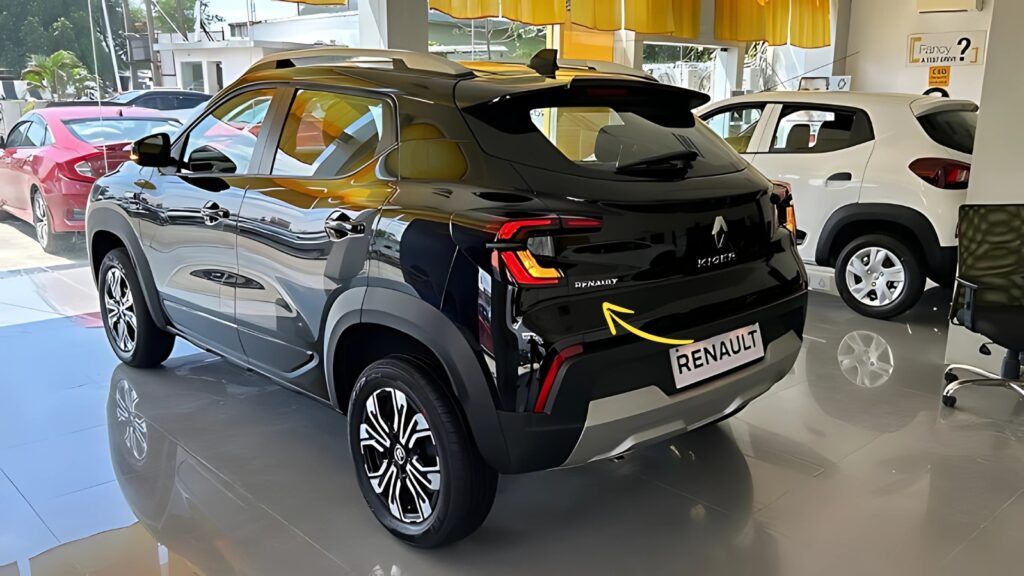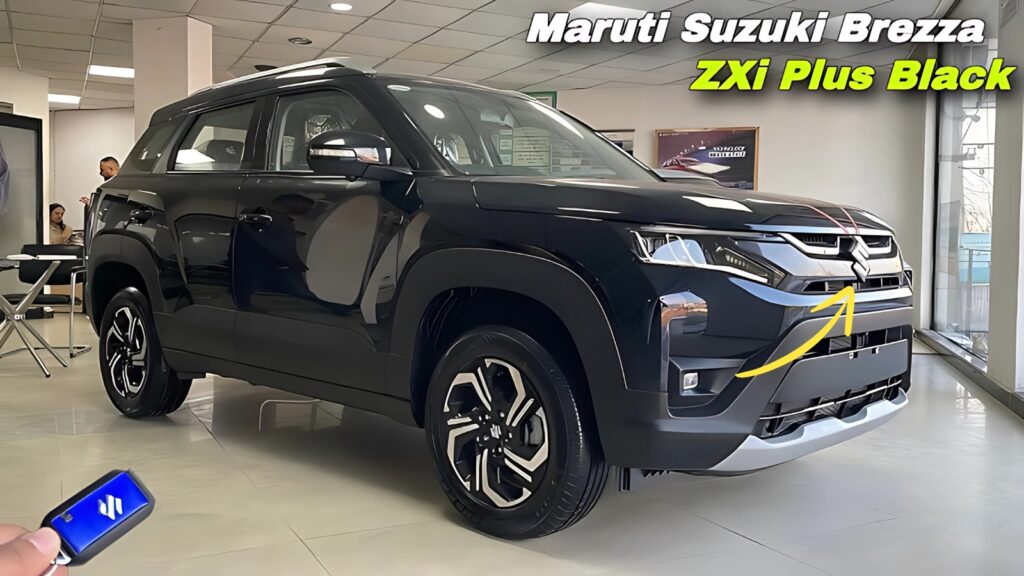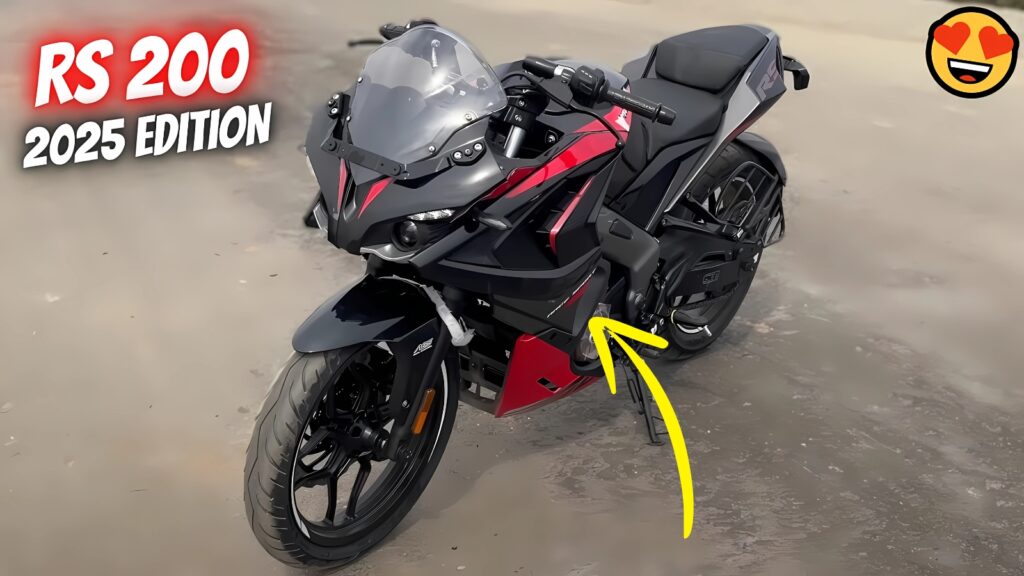Renault Kiger : There’s something almost poetic about watching the Renault Kiger navigate India’s brutally competitive compact SUV market. Here’s a vehicle that should, by all logical measures, be performing better than it currently is. Yet month after month, the sales charts tell a story that’s become all too familiar for the French automaker – decent product, struggling numbers.
Numbers Don’t Lie, But They Don’t Tell Everything
Let’s start with the elephant in the room. When your entire brand sells what market leaders achieve in a couple of days, you know there’s work to be done. June 2025’s figures showed the Kiger moving 755 units – not terrible for a niche player, but hardly the breakthrough Renault desperately needs in India.
What makes these numbers particularly interesting is the context. We’re talking about a market where buyers are increasingly sophisticated, where a ₹6.15 lakh starting price doesn’t automatically guarantee success anymore. People have choices, and boy, do they exercise them freely.
The monthly growth of 27% sounds encouraging until you realize it’s climbing from a relatively modest base. Still, there’s something to be said for consistency in an industry where quarterly performance swings can make or break annual targets. The Kiger has found its rhythm, even if that rhythm isn’t exactly chart-topping material.

When European Meets Indian Sensibilities
Here’s where things get genuinely fascinating from a design perspective. The Kiger represents this interesting collision between European aesthetic principles and Indian market demands. You can see it in every line, every proportion choice that prioritizes elegance over intimidation.
The split headlamp setup works brilliantly in photographs, creating that distinctive face that stands out in any parking lot. It’s sophisticated without being pretentious, modern without feeling alien. The connected tail-lamp treatment adds contemporary appeal, though some might argue it follows trends rather than setting them.
Inside, there’s a level of finish quality that punches above its weight class. The semi-leatherette upholstery feels premium, the 8-inch touchscreen responds predictably, and the wireless charging pad actually works reliably – small details that matter enormously during daily ownership.
But here’s the thing about Indian buyers: they’ve become incredibly good at spotting value. They want vehicles that feel substantial, that command respect at traffic lights, that make them feel good about their purchase decision six months down the line.
Technology That Actually Makes Sense
One area where Renault deserves genuine credit is their approach to feature integration. The 2025 updates demonstrate understanding of real-world priorities rather than flashy gimmicks. Four power windows as standard? Finally. Remote central locking across all variants? About time.
The connectivity package strikes a sensible balance between functionality and cost. Apple CarPlay and Android Auto work seamlessly, the interface design follows contemporary smartphone conventions, and voice commands respond appropriately most of the time. These aren’t revolutionary features, but they’re implemented thoughtfully.
Safety remains a genuine selling point. That four-star Global NCAP rating isn’t marketing fluff – it reflects real engineering effort and structural integrity. In a segment where some competitors still struggle with basic protection standards, this achievement deserves recognition.
The CNG retrofit option shows forward thinking about Indian fuel realities. With government-approved kits backed by three-year warranties, buyers get genuine flexibility for future energy cost management.
Power Delivery Meets Real-World Needs
The engine lineup tells an interesting story about understanding diverse Indian requirements. That naturally aspirated 1.0-liter unit might not set hearts racing, but it delivers exactly what many buyers actually need – reliable, efficient daily transportation with minimal mechanical complexity.
For those wanting more character, the turbocharged option provides adequate punch without venture into premium territory. The CVT transmission, while not the most engaging, handles city traffic admirably and highway cruising competently.
E20 fuel compliance ensures relevance as India transitions toward higher ethanol blends. This technical capability positions the Kiger favorably for upcoming regulatory changes that could blindside less prepared competitors.
Bajaj Pulsar RS 200 – Full dangerous design bike launch with powerful engine
Market Dynamics Beyond Product Excellence
The brutal truth about India’s automotive market is that great products don’t automatically translate to sales success. Brand perception, dealer network strength, and service accessibility often matter as much as engineering excellence or value pricing.
Renault faces structural challenges that extend beyond product development. Limited service network compared to established players creates practical ownership concerns for buyers thinking beyond initial purchase decisions. These infrastructure realities influence buying behavior more significantly than many manufacturers acknowledge.
Competition has intensified dramatically since the Kiger’s 2021 launch. New entrants bring fresh perspectives, established players continuously upgrade offerings, and consumer expectations evolve rapidly. Staying relevant requires constant adaptation and strategic positioning that goes beyond product updates.
Renault Kiger Looking Forward: Calculated Optimism
The anticipated facelift later this year represents opportunity for more substantial market repositioning. Spy shots suggest evolutionary improvements rather than revolutionary changes, indicating confidence in basic platform capabilities while acknowledging contemporary styling requirements.
Renault’s broader premium strategy through Duster and Bigster introductions could create positive halo effects. Success in higher segments often enhances credibility across entire model ranges, potentially benefiting Kiger market perception.
Despite current challenges, the Kiger demonstrates that thoughtful engineering and honest value propositions still find appreciative audiences. The question isn’t whether it’s a good vehicle – it demonstrably is. The challenge lies in communicating that goodness effectively in an increasingly crowded and sophisticated marketplace.


